Have you ever glanced at your dog and wondered if they were silently asking for help? Dogs are masters at hiding discomfort and pain, often suffering in silence while we go about our busy lives. The smallest change in their habits could be a gentle cry for some extra love and attention. If you’re a devoted dog lover, missing these subtle signals might leave your furry companion feeling lonely, anxious, or even unwell. Let’s uncover the surprising signs that your beloved pup might need a little more care than usual. You might be shocked at how easily these can slip under the radar!
Loss of Appetite or Sudden Weight Changes
When your dog suddenly refuses food or starts losing weight, it’s more than just a picky phase—it can signal an underlying health issue. Skipping meals or eating far less than usual often means your dog is dealing with pain, digestive problems, dental issues, or even stress. Sometimes, a dog that’s uninterested in food could have an internal illness that’s not visible on the outside. Don’t brush off a missed meal; instead, keep a close eye on this behavior.
On the flip side, rapid weight gain can also be a red flag. If your dog is packing on pounds or seems hungrier than usual, it might be battling hormonal imbalances, thyroid issues, or even diabetes. Dogs can’t tell us when something feels off inside, so monitoring their eating habits and weight is a crucial way to spot when extra care is needed. Always talk to your vet if you notice these changes—they can help get to the root of the problem.
Changes in Energy Levels or Lethargy

Is your usually playful pup suddenly sleeping all day or showing little interest in favorite games? Lethargy is often a dog’s way of saying, “I don’t feel good.” When a dog that used to zoom around the house now spends most of their time curled up in a corner, it signals that something is wrong. This lack of energy can be caused by anything from infections and pain to emotional distress.
On the other hand, a sudden burst of hyperactivity can also indicate a problem. If your dog seems restless, paces, or can’t settle down, it could be reacting to anxiety or discomfort. Both extremes—too little or too much energy—are your dog’s way of sending a message. If you notice a dramatic shift from their usual activity level, it’s time to give them some extra attention and check with your vet.
Excessive Scratching, Licking, or Chewing
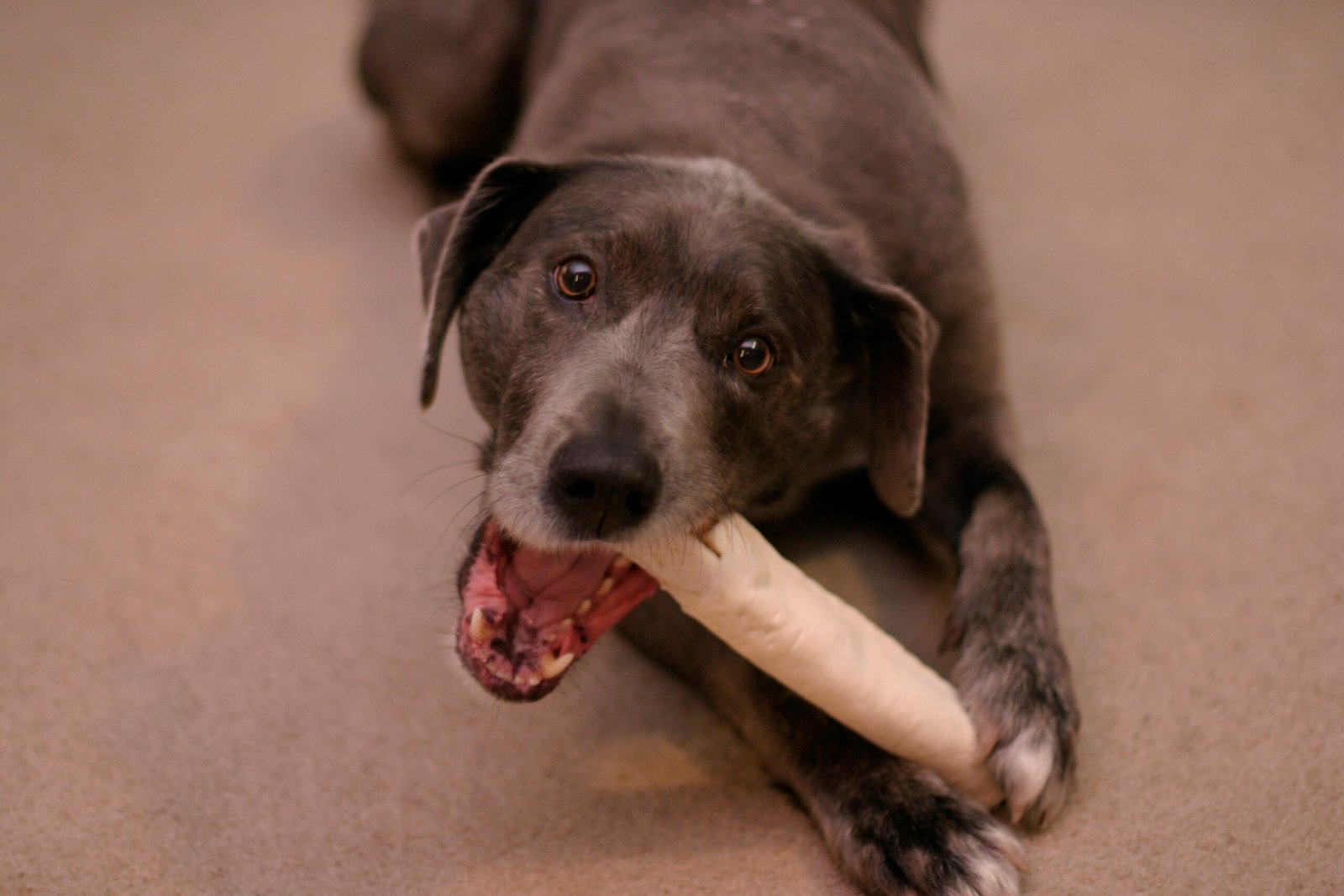
All dogs scratch or lick themselves sometimes, but when it becomes constant or obsessive, something’s wrong. Persistent scratching, licking, or chewing at specific spots can mean your dog is struggling with allergies, skin infections, fleas, or even emotional stress. It’s heartbreaking to see a dog gnawing at their paws or scratching until they lose fur.
This compulsive behavior can also lead to open sores, bleeding, or infections, which only worsen the problem. Don’t ignore these signs or write them off as “just itching.” Instead, examine your dog’s skin and coat, and consult your vet to identify the cause. A bit of extra care now can save your pup from weeks of discomfort.
Unexplained Aggression or Withdrawal
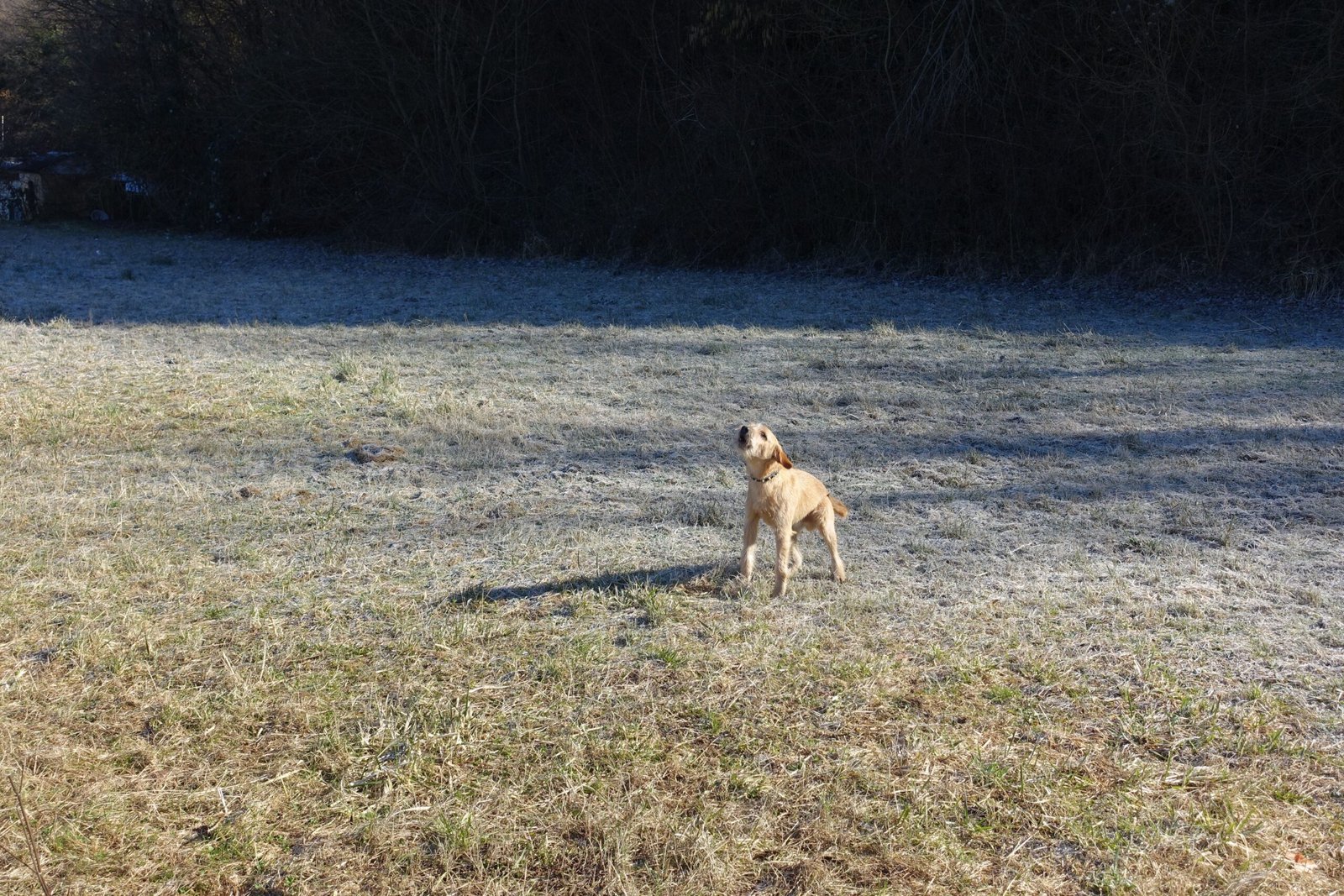
If your friendly, tail-wagging companion suddenly starts growling, snapping, or hiding from family members, take notice. Behavioral changes like aggression or withdrawal often signal physical pain or emotional distress. Dogs in pain may lash out when touched, while anxious or depressed dogs might isolate themselves or refuse to interact.
These shifts can also be caused by changes in the household, the loss of a companion, or other emotional triggers. Remember, your dog isn’t being “bad”—they’re trying to communicate something important. Offering comfort, patience, and a gentle approach, along with a checkup at the vet, can help uncover the reason behind these changes.
Frequent Accidents or House Soiling
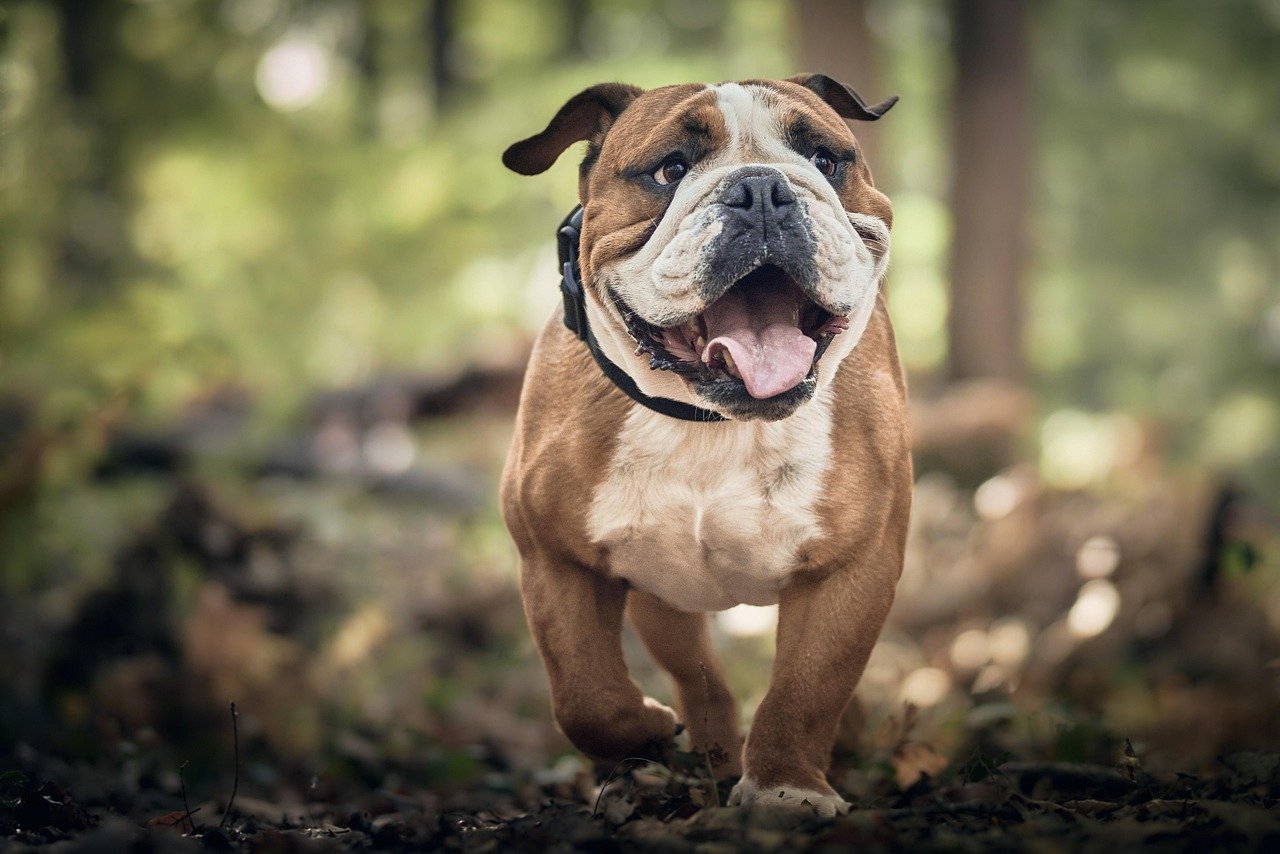
A house-trained dog that suddenly starts having accidents indoors is waving a big red flag. This isn’t about disobedience—frequent urination, defecation, or even leaking can be symptoms of urinary tract infections, digestive issues, or even age-related problems like incontinence.
Sometimes, stress or fear can also lead to accidents, especially if there’s been a big change at home. Clean up with patience, never punishment, and take note of any accompanying symptoms. If the problem continues, it’s essential to seek veterinary advice to ensure your dog’s comfort and dignity.
Persistent Coughing, Sneezing, or Breathing Issues

A cough or a sneeze here and there is normal, but if it’s constant, your dog needs help. Persistent coughing, wheezing, or heavy breathing may indicate respiratory infections, allergies, heart disease, or even something lodged in the throat.
Watch for signs like labored breathing, blue-tinged gums, or a refusal to exercise. These symptoms can be frightening and are often more serious than they seem. Don’t wait—seek veterinary care right away. Your dog’s life could depend on quick action and some extra TLC.
Cloudy, Red, or Runny Eyes
Your dog’s eyes are windows into their soul—and their health. Cloudiness, redness, discharge, or excessive tearing can signal infections, allergies, or even more serious issues like glaucoma. Dogs may also paw at their face or squint if their eyes are bothering them.
Ignoring eye problems can lead to permanent damage or even blindness. Always check your dog’s eyes for changes, and if you see anything unusual, don’t hesitate to visit the vet. A little extra care can make all the difference in protecting your pup’s precious sight.
Limping or Difficulty Moving
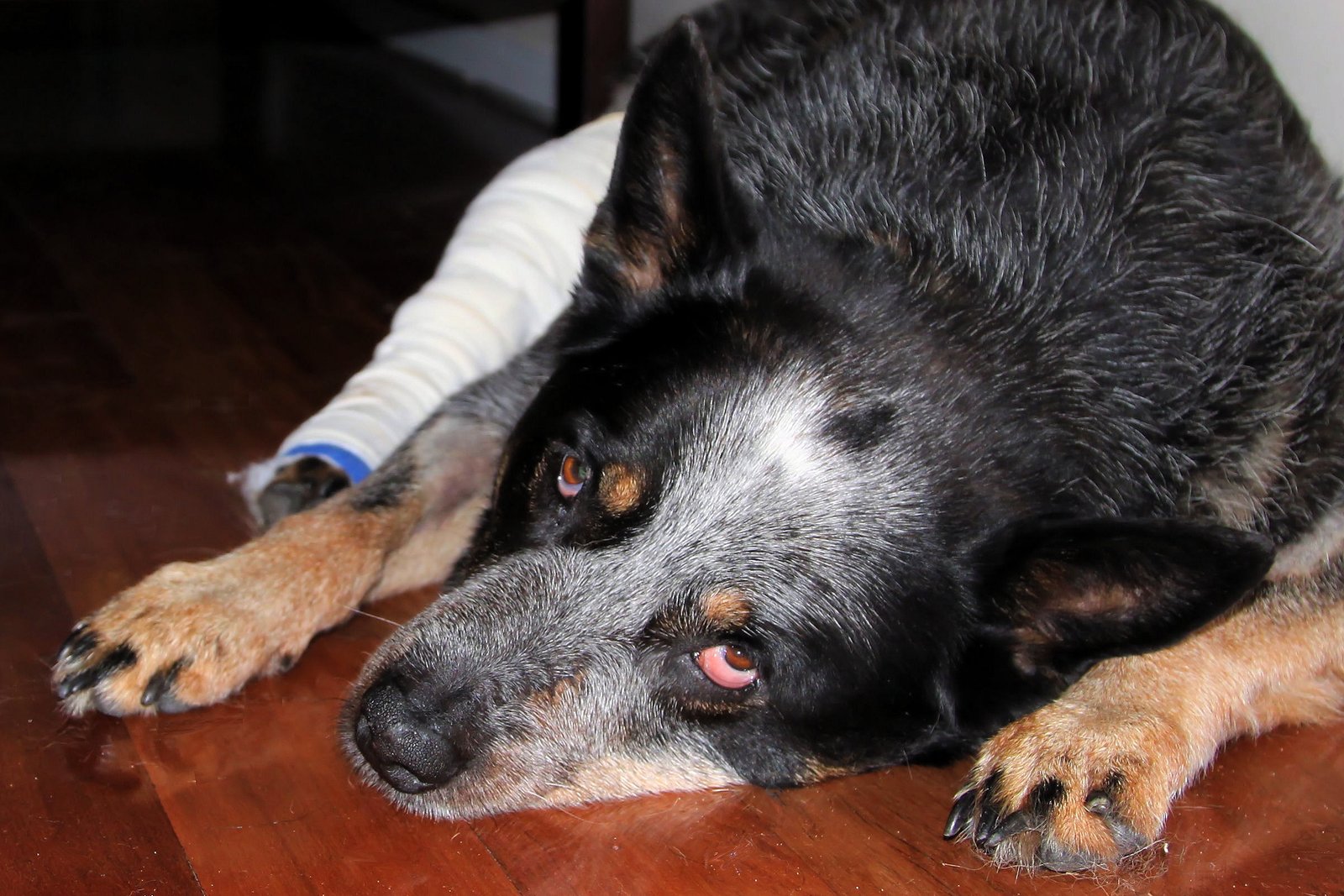
A limp or reluctance to move is never normal in dogs. Whether it’s a subtle favoring of one paw or a clear struggle to get up and down, mobility issues can signal arthritis, injuries, or more serious joint problems. Sometimes, dogs will try to hide their pain, making the signs easy to miss.
If your dog hesitates at stairs, slips while walking, or avoids jumping onto the couch, it’s time to take notice. Don’t force them to be active—gentle support, soft bedding, and a trip to the vet can help ease their discomfort. Early intervention means a happier, healthier life for your best friend.
Unusual Odors from Mouth, Ears, or Skin
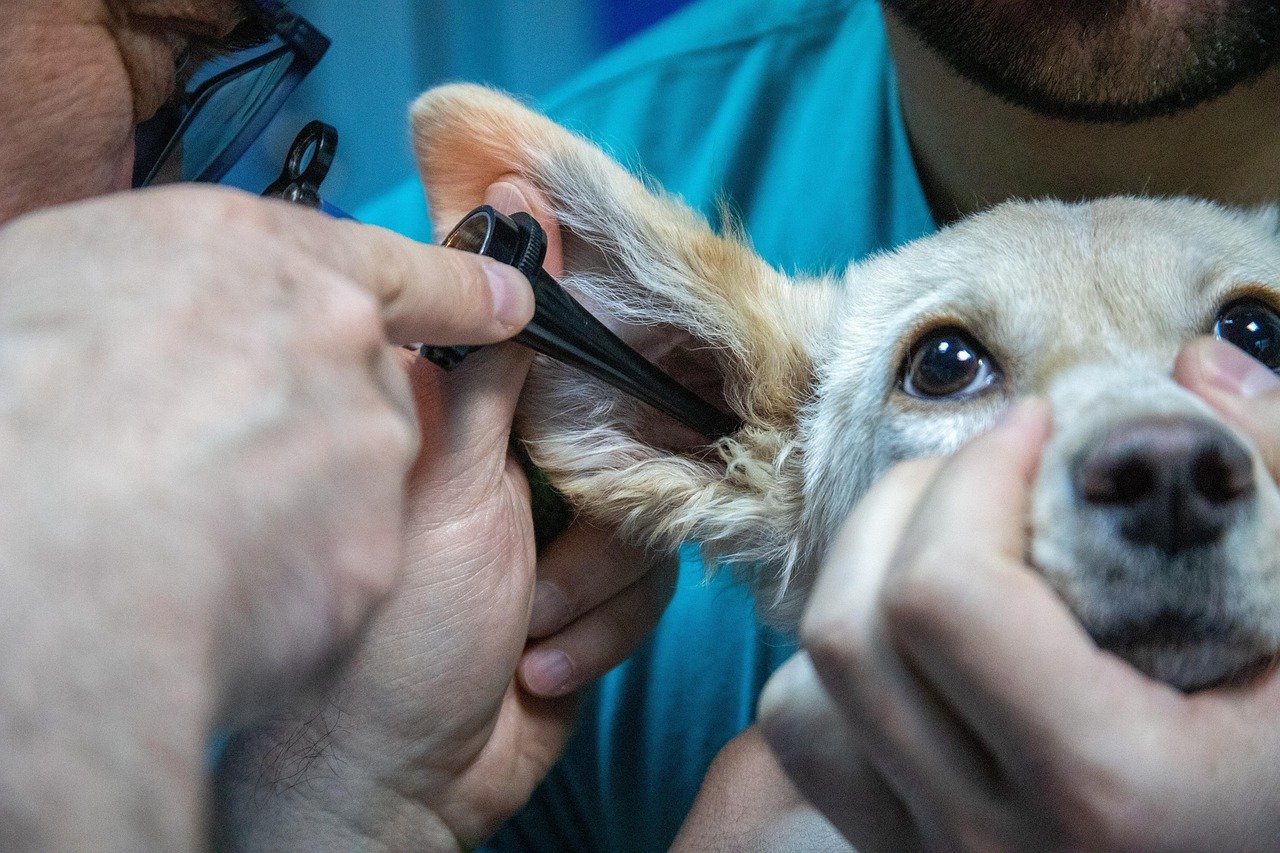
A little “doggy breath” is normal, but strong, foul odors are a warning sign. Bad breath can signal dental disease, while musty or sour smells from the ears might mean an infection. Skin that has a yeasty, unpleasant odor often points to bacterial or fungal problems.
If you notice your dog scratching at smelly ears, drooling excessively, or licking at stinky spots, don’t ignore it. Regular grooming and veterinary care can prevent these minor issues from spiraling into painful, chronic problems. Your dog will thank you with extra snuggles and a wagging tail.
Changes in Sleeping Patterns

Dogs love their naps, but a sudden increase in sleep—or trouble sleeping at all—demands attention. If your dog is sleeping far more or less than usual, it could be a sign of pain, anxiety, or even illness. Older dogs may develop cognitive issues, leading to confusion and nighttime restlessness.
A dog that paces at night, whines, or seems disoriented needs compassion and help. Try to keep routines consistent and provide a safe, comfortable sleeping space. If sleep problems persist, a vet can help uncover the cause and suggest ways to bring your dog—and you—some peace and quiet.
Sudden Changes in Barking or Vocalization
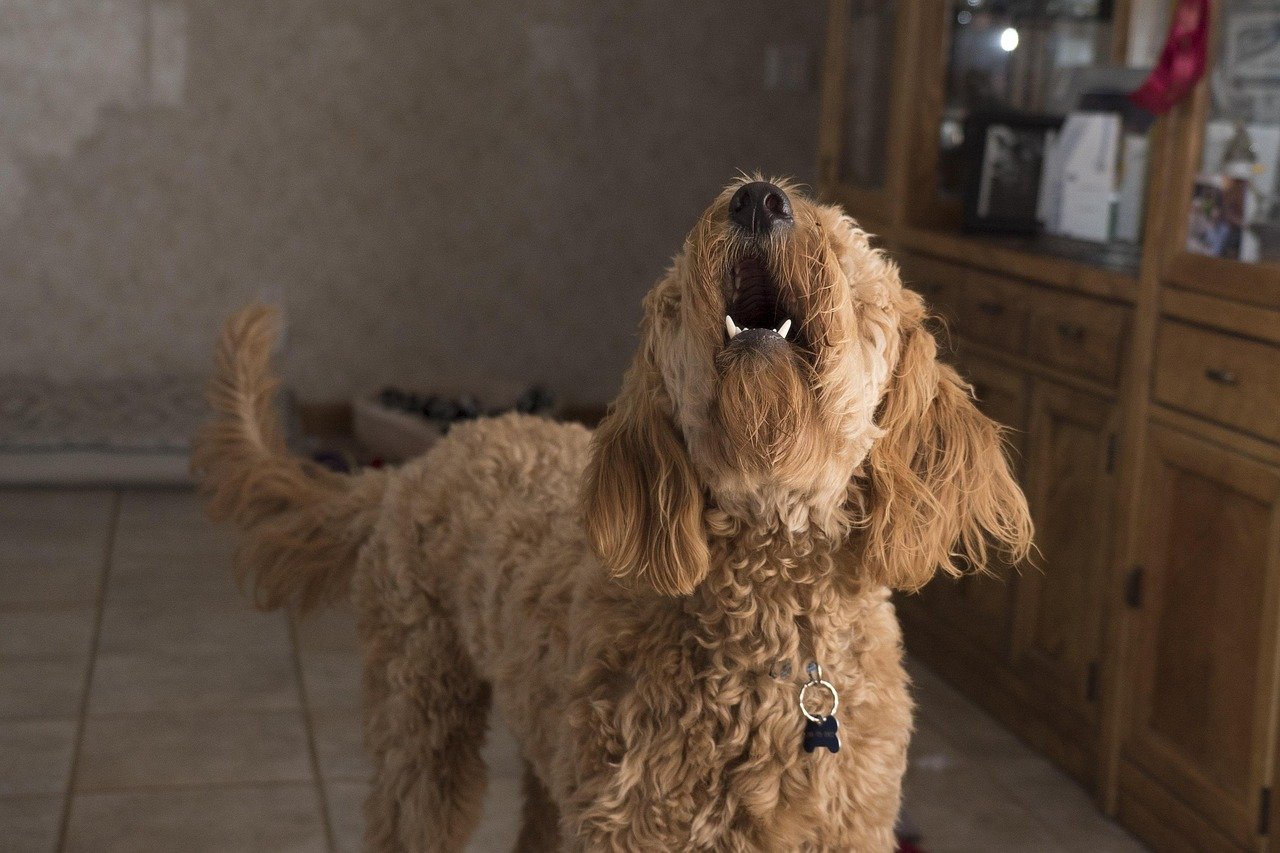
Has your normally quiet dog become a nonstop barker, or has a chatty pup suddenly gone silent? Shifts in how your dog communicates can be a plea for help. Excessive barking, whining, or howling might signal pain, anxiety, or attention-seeking due to boredom or loneliness.
On the other hand, a dog that stops vocalizing altogether could be feeling weak, scared, or ill. Pay attention to new sounds or changes in tone and volume. Listening—literally—to your dog can reveal a lot about their health and happiness. Sometimes, all they need is a little extra reassurance and care.
Visible Lumps, Bumps, or Skin Changes
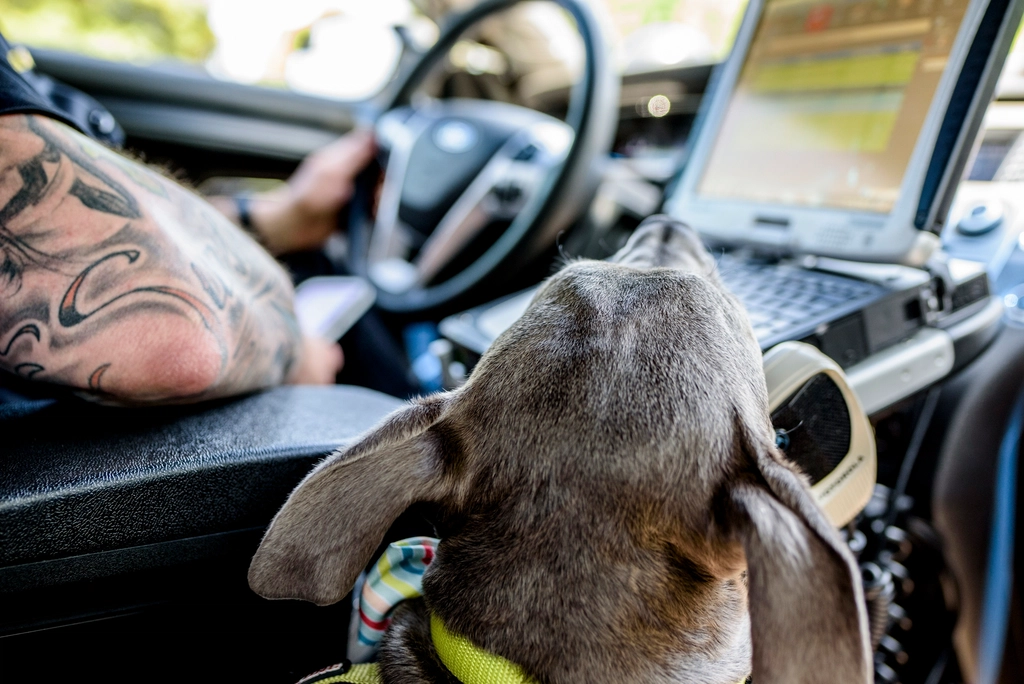
Running your hands over your dog’s body should feel familiar, so if you notice new lumps, bumps, or changes in their skin, don’t ignore them. While some growths are harmless, others could be signs of infection, cysts, or even cancer. Redness, swelling, or sores can also indicate allergies, parasites, or other skin problems.
Checking your dog’s skin regularly is a simple but powerful act of love. Early detection can mean the difference between a quick fix and a long, difficult treatment. If you find anything unusual, schedule a vet visit right away—your dog’s health may depend on your careful attention.

Esther is from India; the heartbeat of South Asia, holding a Master’s degree in Zoology and a postgraduate diploma in Animal Welfare. Her enthusiasm for animal welfare drives her passion and dedication to working for animals, ensuring their well-being, and advocating for their rights. With a solid academic background and hands-on experience, she is committed to making a positive impact in the field of animal welfare. In her free time, she enjoys embroidery and sewing. As a Chennaite from Tamil Nadu, Esther loves Bharathanatyam, an Indian classical dance form.






